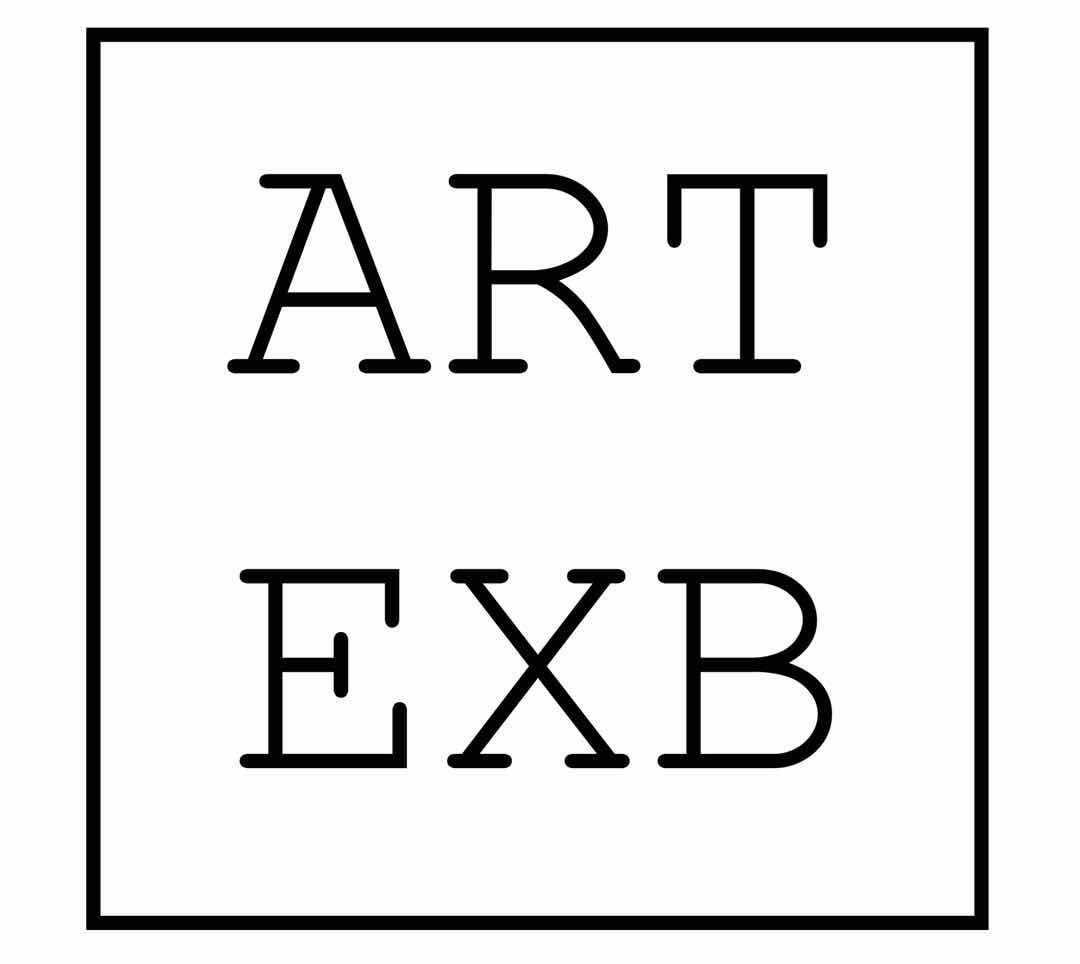墨斋画廊荣幸地呈现国际著名艺术家魏立刚个展《冬影鸾鉴》,首次全面挖掘其当代书法实践的文化意义。本展览透过文献和视频档案,回顾艺术家从1980年代末期以来的艺术和思想历程。魏立刚的多种当代书法风格都将得到全面呈现,包括其标志性的“魏氏魔块”、受傅山(1608-1684)等明末清初大家启发的巨幅连绵草书、以及其对魏碑、篆书、甲骨文等金石书体的草书变奏。魏立刚对汉字的解构及重构深度切入人类书写的历史,追溯其象形本源,并揭示一种根植于中国书法、面向未来的普世抽象艺术。
本次展览将以螺旋式装置形式,完整地展示重点作品《鸾凤麒龙长卷》。在长达45米的长卷中,魏立刚在多种书体和线条之间循环切换,反复演绎着古典诗词的片段。观者追随情绪和效果的多样戏剧性转变,在轻重急缓的交错间开启一个精神旅程,瞬间飞越千年历史。魏立刚以文本内容及笔墨形象召唤着标题中的鸾凤麒龙,回溯了中国书法审美语言的起源,仿佛成为了自然与文化巫术般的媒介。
魏立刚1964年出生于山西大同,在这座毗邻云冈石窟的北魏古都成长的经历逐渐形成了他对汉唐雄浑美学的钟爱。他自幼学习书法,21岁毕业于南开大学数学系,就学期间在天津书法界崭露头角,并师从书法名家李鹤年(1912-2000)、王学仲(1925-2013)及孙伯翔(1934-)。1985年大学毕业后,他在太原一所高中教授艺术,同时探究同籍书法家傅山的连绵草书和金石书法。作为现代书法的年轻先驱者,魏立刚在全国各地多次举办和参与了开创性的个展和群展。
1995年,魏立刚迁居至北京圆明园,成为一名职业艺术家。自此他越来越多的接触到国际当代艺术和文化传统,寻找一种基于中国书法线条和空间结构的普世抽象语言——去构造“结构本身”。这种语言可以容纳人类当代知识和存在的复杂性和宽广性,对应天文学、电子计算机和量子科学等不可见的世界万物。此外,魏立刚是国际书象学会的创办者和教育践行者,深信中国书法将在这一代迎来前所未有的高峰。与康有为(1858-1927)等历代考证学家相同,魏立刚在文化废墟中探掘碎片,重新构建着一个乌托邦式的未来愿景。
《冬影鸾鉴》于2016年12月10日(周六)下午2时开幕,展期至2017年2月12日。本次展览由墨斋艺术总监林似竹博士和主编杨浚承共同策划。
INK studio is proud to present Songs of the Phoenix Mirror, the first exhibition to explore the full range and cultural significance of internationally renowned artist Wei Ligang’s current calligraphic practice. Through documents and archival footage, the exhibition reviews Wei’s artistic and intellectual development from the late 1980’s onwards. It surveys his major calligraphic styles: his signature “magic squares” and its variations; his monumental continuous cursive script inspired by Fu Shan (1607-1684) and other 17th-century masters; and his cursive renditions of the engraved lines of seals, steles, and Oracle bones. These idiosyncratic deconstructions and reconstructions of Chinese writing trace it to its pictographic beginnings and point to its possibilities as the foundation of a universal abstract art.
The centerpiece of the exhibition is Phoenixes and Dragons, a 45-meter scroll on paper displayed in its entirety in a purpose-built spiral installation. Here Wei Ligang repeats several poetic lines like musical motifs. His brushwork animates and is in turn animated by them, becoming by turns ponderous and attenuated, fluid and explosive. Cycling rapidly through a dozen scripts and styles, all densely charged with art-historical allusions, he takes the viewer on a transcendental journey across millennia from stroke to stroke, from instant to instant. Evoking the mythical animals of the title in text, image, and gesture, he also harks back to the origins of Chinese aesthetic language in metaphors of and analogies to natural phenomena.
Wei Ligang (b. 1964) was born and raised in Datong, Shanxi, the first capital of the Northern Wei Dynasty (386-535) and home to the famous Buddhist grotto shrines of Yungang, which instilled in him a fondness for the grandeur of Han- and Tang-dynasty art. A precocious calligrapher since his childhood, he graduated with a degree in mathematics at age 21 from Nankai University in Tianjin, where he rose to prominence in the local calligraphy circle and came under the tutelage of the traditional masters Li Henian (1912-2000), Wang Xuezhong (1925-2013), and Sun Boxiang (1934-). After graduation in 1985, he taught at a high school in Taiyuan and immersed himself in the legacy of Fu Shan, a fellow Shanxi native most celebrated for his dashing and expressionistic linked cursive script but also a forerunner of the Epigraphic turn in calligraphy—towards rigorous philological research and archaic scripts on engraved seals and steles. Over the following fifteen years, Wei emerged as a young pioneer of the Modern Calligraphy movement, participating in and organizing a number of groundbreaking solo and group exhibitions across the country. He relocated to Beijing in 1995 as a professional artist to engage more closely with abstract painting and international contemporary art.
In his career of three decades, Wei Ligang has sought a universal language of abstraction based on the linear and spatial structures of Chinese calligraphy—to construct, as he puts it, pure structure itself. This language will be capable of embodying the complexity and expansiveness of contemporary human knowledge and existence, encompassing the invisible worlds of astronomy, digital computing, and quantum physics. A committed educator and the founder of the International Shuxiang Society, he believes that Chinese calligraphy will reach an unprecedented height within this generation. Like Kang Youwei (1858-1927) and other evidential scholars before him, Wei Ligang conducts an archaeology of culture and finds in its fragmentary ruins the promise of a utopian future.
Songs of the Phoenix Mirror opens at 2pm on Saturday, December 10, 2016 and will be on view through Sunday, February 12, 2017. It is co-curated by INK studio Artistic Director Britta Erickson, PhD, and Chief Editor Alan Yeung. more..
